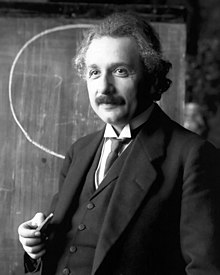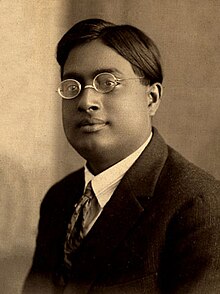
Back تكاثف فرميوني Arabic Condensat fermiònic Catalan Fermionový kondenzát Czech Fermionisk kondensat Danish Fermionen-Kondensat German Fermionic condensate English Condensado fermiónico Spanish Fermi kondensaat Estonian چگال فرمیونی Persian Fermioninen kondensaatti Finnish

A fermionic condensate, or fermi condensate, is a state of matter (superfluid phase) which is very similar to the Bose–Einstein condensate. Superfluids are also Bose-Einstein condensates.[1]
The only difference is that Bose-Einstein condensates are made up of bosons, and are social with each other (in groups, or clumps). Fermi condensates are anti-social (they don't attract each other at all). This has to be done artificially.
This state of matter was made in December 2003 by Deborah Jin and her group. Jin worked for the National Institute of Standards and Technology at the University of Colorado.[2] Her team created this state of matter by cooling a cloud of potassium-40 atoms to less than a millionth°C over absolute zero (-273.15 °C, this is the hypothetical lowest limit of physical temperatures). This is the same temperature required to cool matter to a Bose–Einstein condensate. The process of cooling a gas into a condensate is called condensation.


- ↑ Guenault, Tony 2003. Basic superfluids. Taylor & Francis. ISBN 0-7484-0892-4
- ↑ Rodgers, Peter & Dumé, Bell 2004. Fermionic condensate makes its debut. PhysicWeb. [1]
© MMXXIII Rich X Search. We shall prevail. All rights reserved. Rich X Search